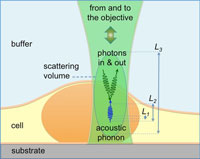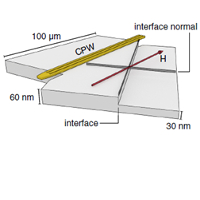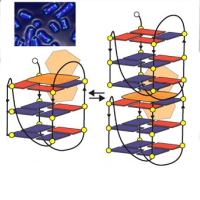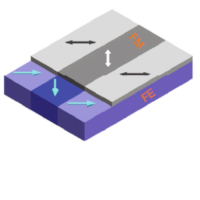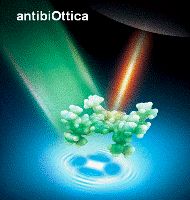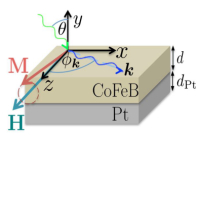Spectroscopic Fingerprints of Work-Function-Controlled Phthalocyanine Charging on Metal Surfaces
| Title | Spectroscopic Fingerprints of Work-Function-Controlled Phthalocyanine Charging on Metal Surfaces |
| Publication Type | Journal Article |
| Year of Publication | 2014 |
| Authors | Borghetti, P, Ei-Sayed, A, Goiri, E, Rogero, C, Lobo-Checa, J, Floreano, L, Ortega, JEnrique, de Oteyza, DG |
| Journal | ACS nano |
| Volume | 8 |
| Pagination | 12786–12795 |
| ISSN | 1936-0851 |
| Keywords | energy-level alignment, metal-organic interfaces, molecular blends, NEXAFS, photoemission |
| Abstract | The electronic character of a p-conjugated molecular overlayer on a metal surface can change from semiconducting to metallic, depending on how molecular orbitals arrange with respect to the electrodes Fermi level. Molecular level alignment is thus a key property that strongly influences the performance of organic-based devices. In this work, we report how the electronic level alignment of copper phthalocyanines on metal surfaces can be tailored by controlling the substrate work function. We even show the way to finely tune it for one fixed phthalocyaninemetal combination without the need to intercalate substrate-functionalizing buffer layers. Instead, the work function is trimmed by appropriate design of the phthalocyanines supramolecular environment, such that charge transfer into empty molecular levels can be triggered across the metalorganic interface. These intriguing observations are the outcome of a powerful combination of surface-sensitive electron spectroscopies, which further reveal a number of characteristic spectroscopic fingerprints of a lifted LUMO degeneracy associated with the partial phthalocyanine charging. |
| DOI | 10.1021/nn5060333 |

